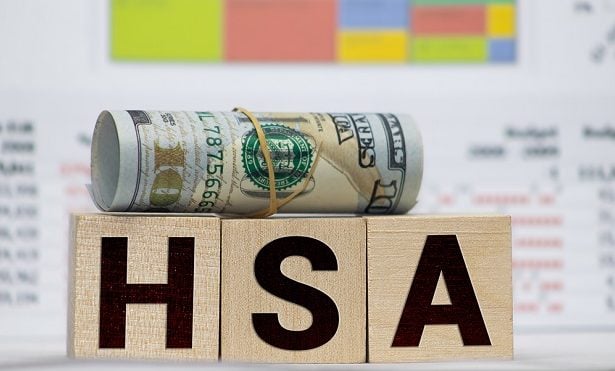Federal dietary guidelines, which were first introduced by the U.S. Department of Agriculture in 1980 and are updated every five years, have long been the target of intense criticism by nutrition experts. The guidelines have often been cast as incomplete at best and inaccurate and misleading at worst.
It is already clear that the new guidelines, which were unveiled last week, will not be immune to the type of criticism that its predecessors weathered, but health advocates are happy about at least one major new development: For the first time in history, the U.S. government is getting specific on the dangers posed by sugar.
Sugar should not account for more than 10 percent of daily calories, say the new guidelines. In the past, the standards simply recommended Americans "reduce intake" of sugar, but weren't specific on what level of consumption was healthy.
Continue Reading for Free
Register and gain access to:
- Breaking benefits news and analysis, on-site and via our newsletters and custom alerts
- Educational webcasts, white papers, and ebooks from industry thought leaders
- Critical converage of the property casualty insurance and financial advisory markets on our other ALM sites, PropertyCasualty360 and ThinkAdvisor
Already have an account? Sign In Now
© 2024 ALM Global, LLC, All Rights Reserved. Request academic re-use from www.copyright.com. All other uses, submit a request to [email protected]. For more information visit Asset & Logo Licensing.








